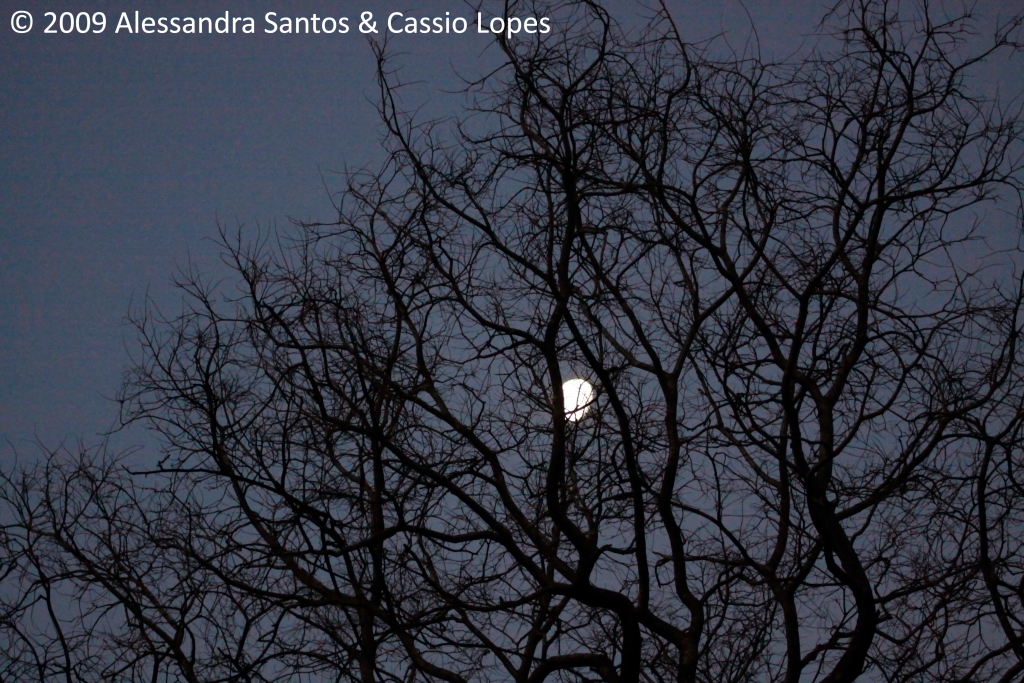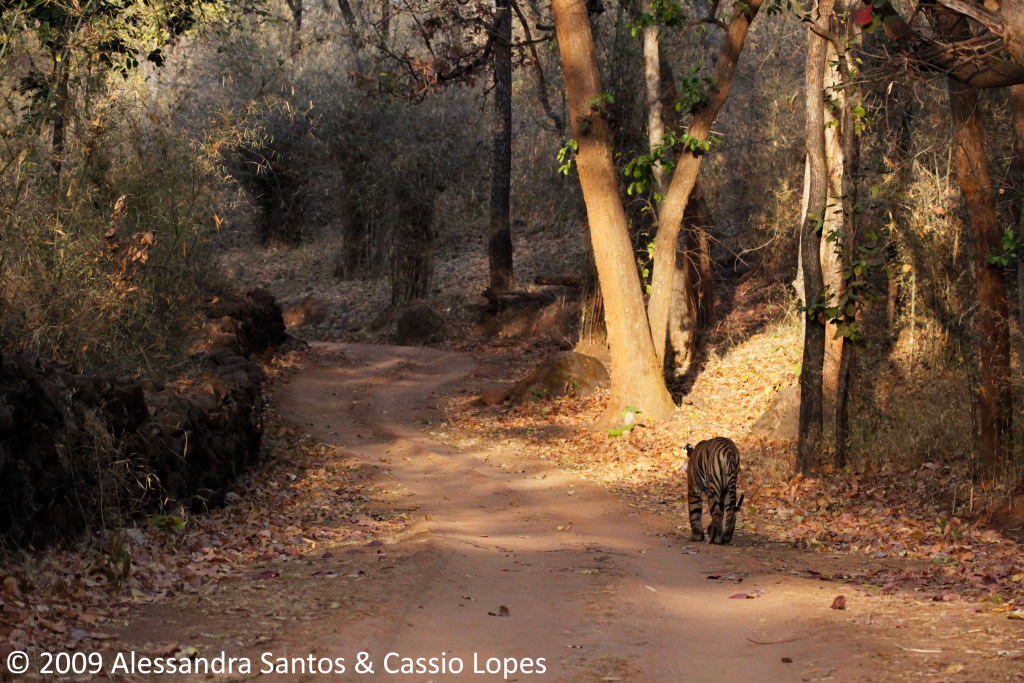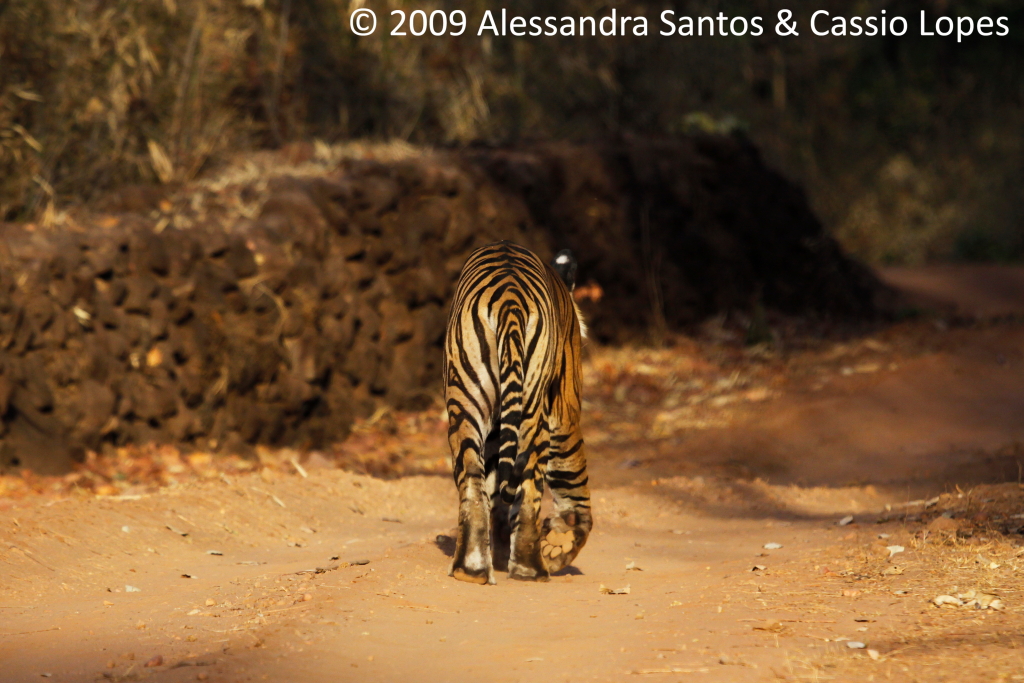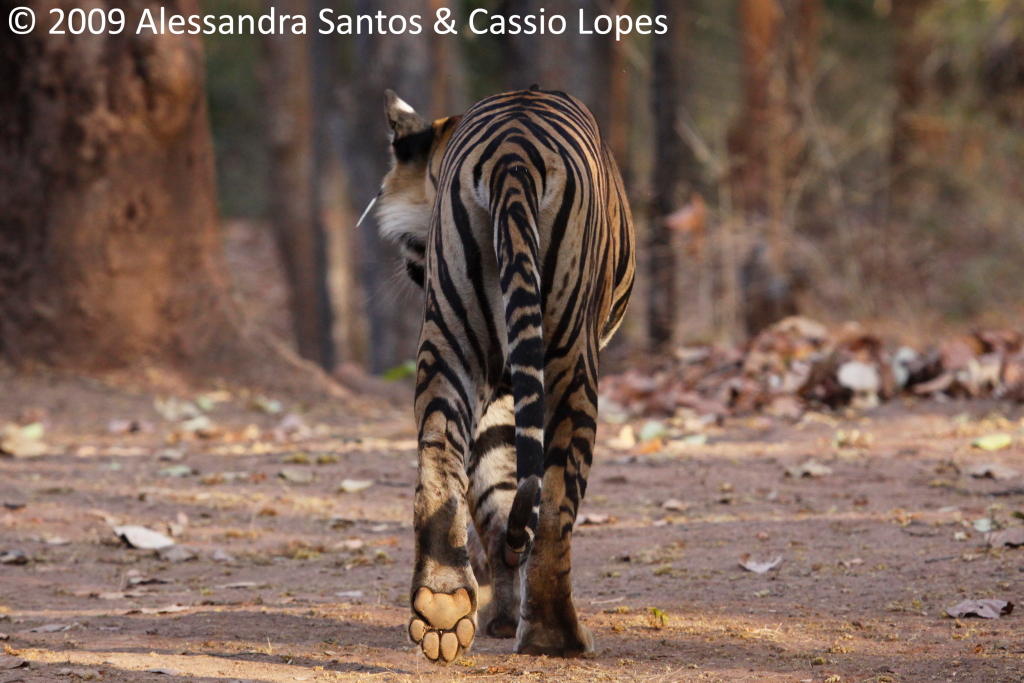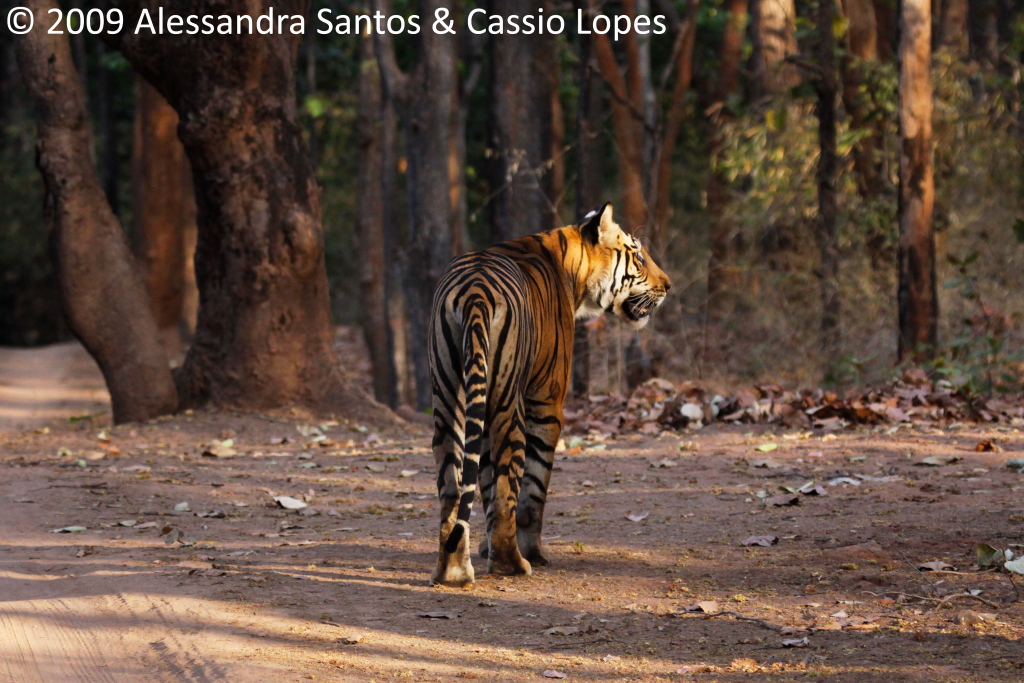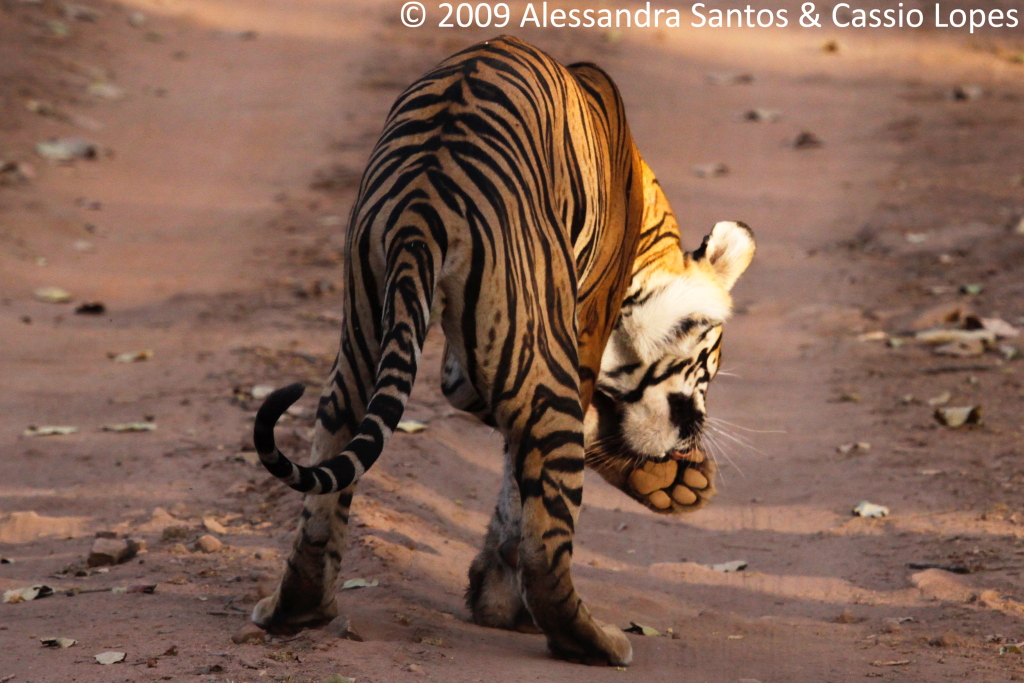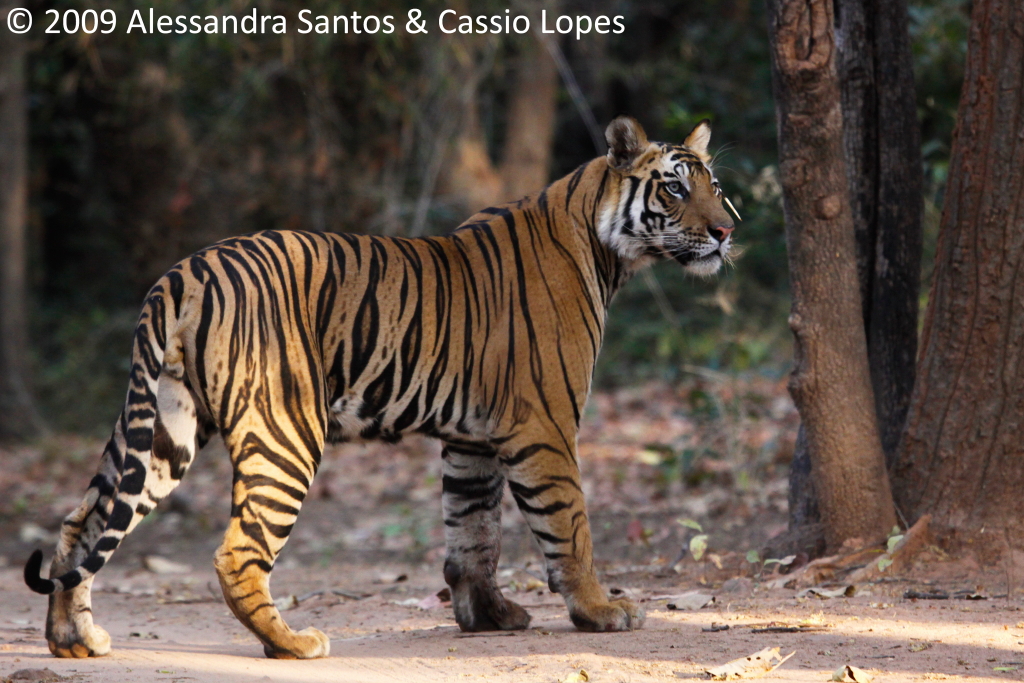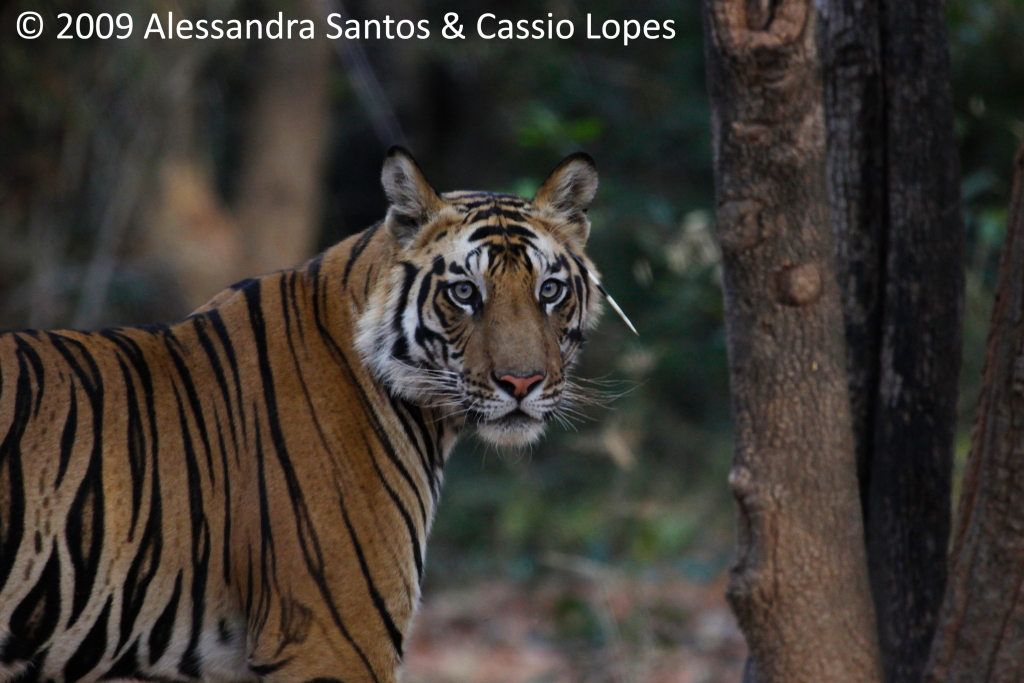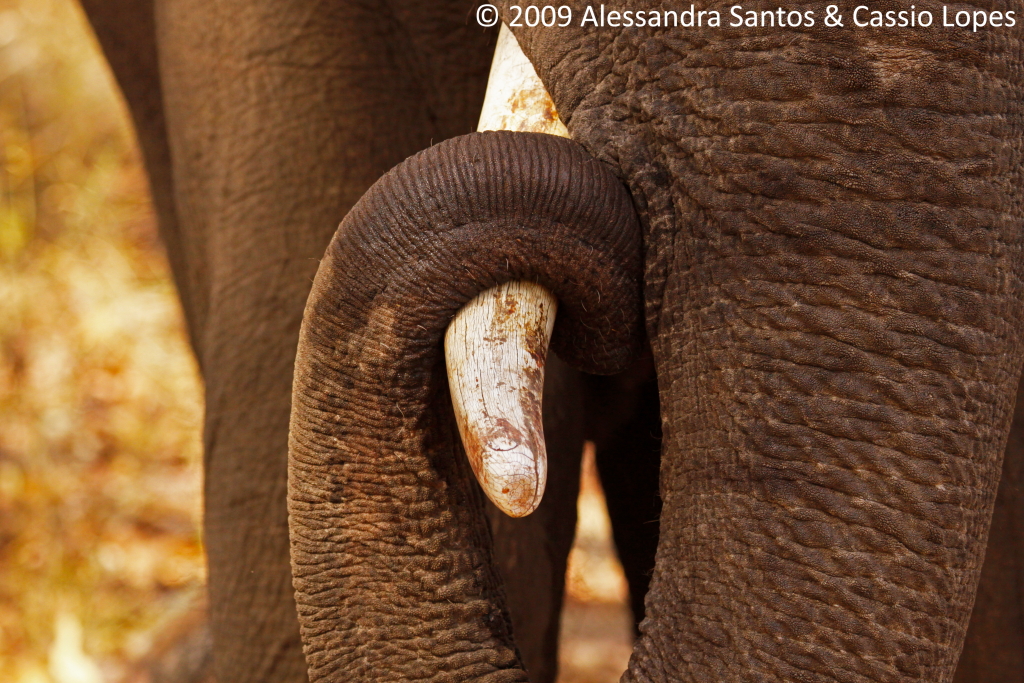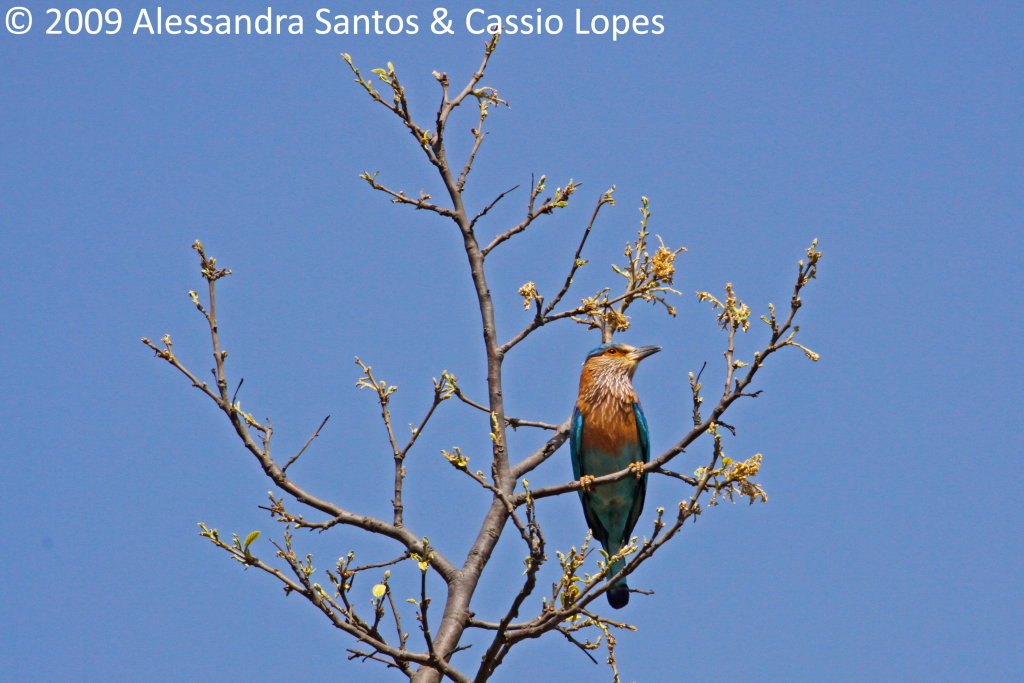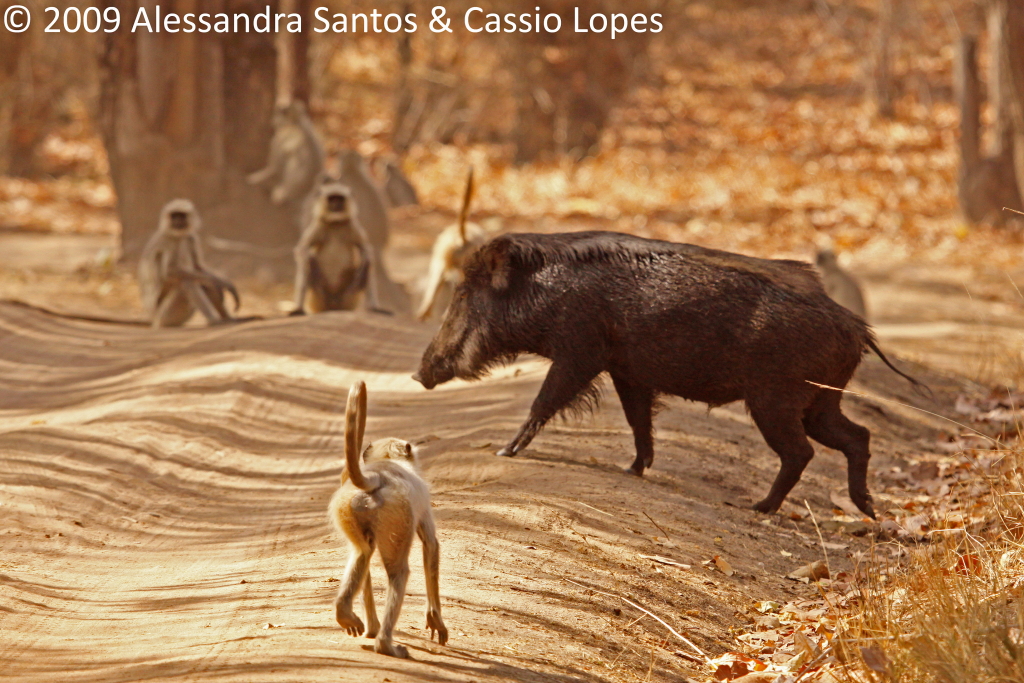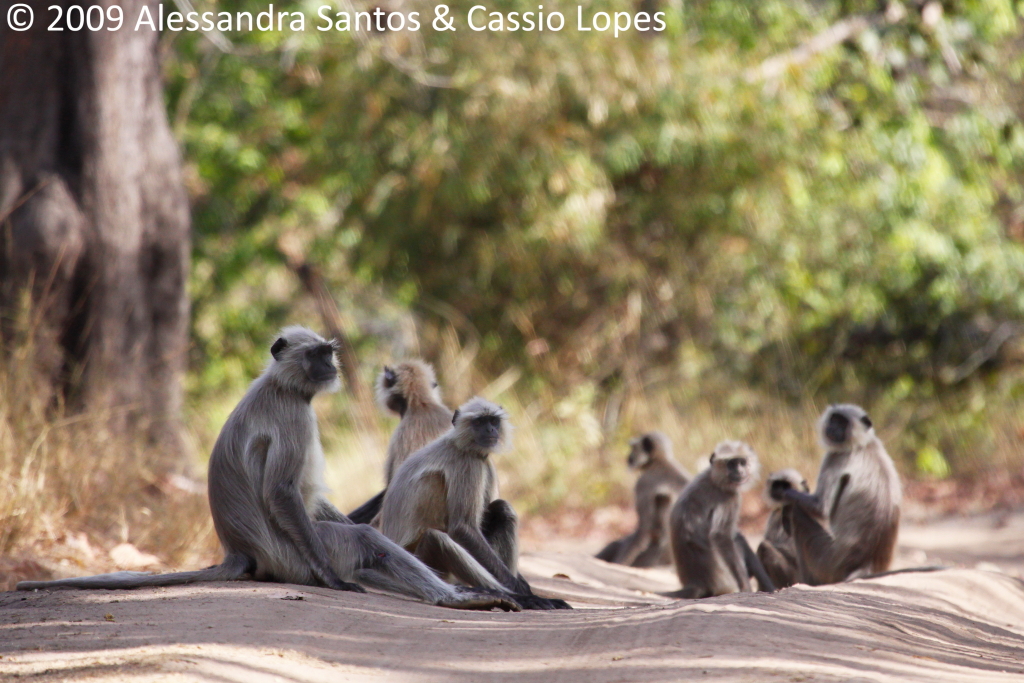Raj wanted to show us the park as if it was his own home, and it really is. We had a feeling that if Raj was with us, the tigers would show up. We had not to worry about the guide or the driver to be doing the right thing, we trust him the planning for the game drives - as it always worked till this point, and we let ourselves in the hands of Siddh Baba.
Raj asks to Dino to takes us straight to the place where Mirchani tigress was seen the day before. She does not walk together her cubs anymore, but they are always around. It does not take too long to see a mahout and his elephant looking for the tigress – it was a very dense jungle area with bamboo thickets bended towards each other making arches – very picturesque – somewhere on Route C.
Some jeeps are already taking place in the side of a road, as we approach. We could see Mirchani walking through the forest. She heads to an area with no bushes, but shady, covered by a thick layer of canopies, and settled down there, immediately lying down on the ground painted of green short grass.
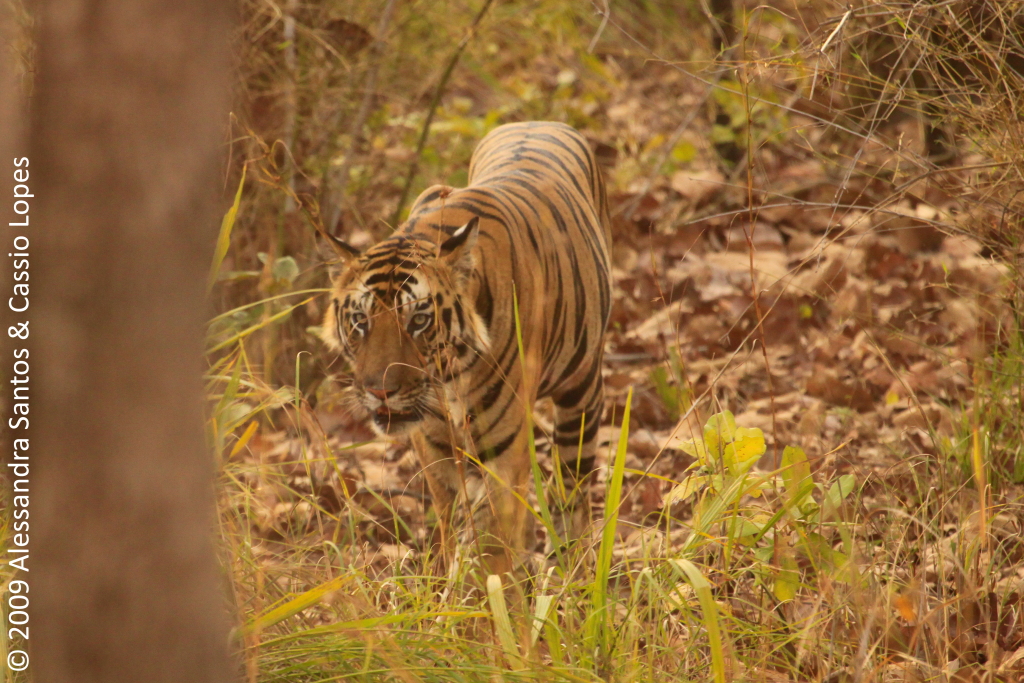
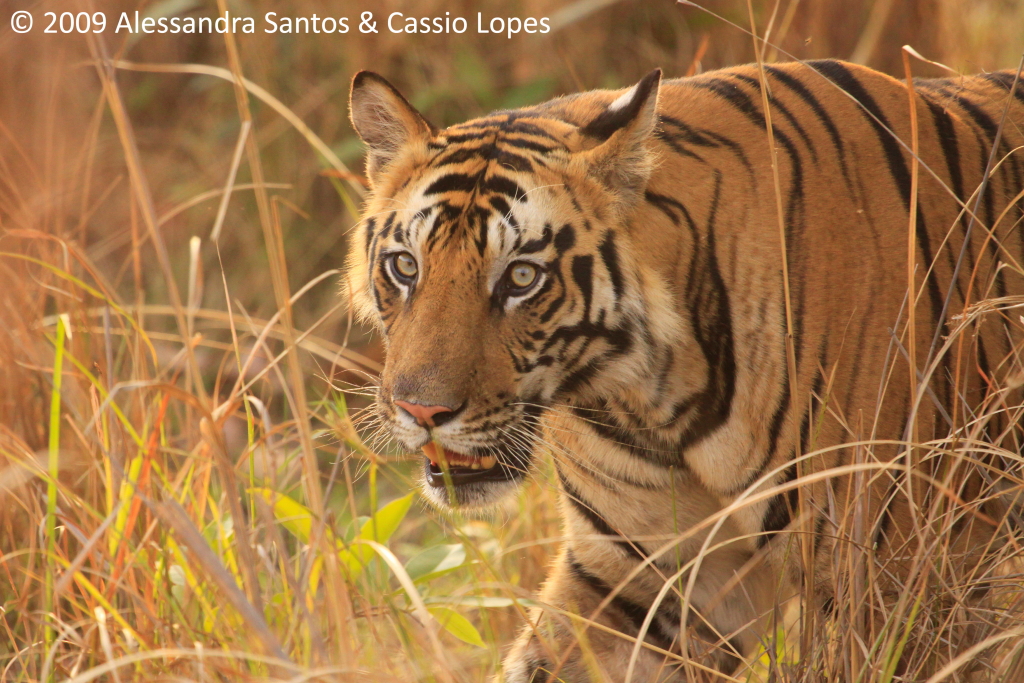
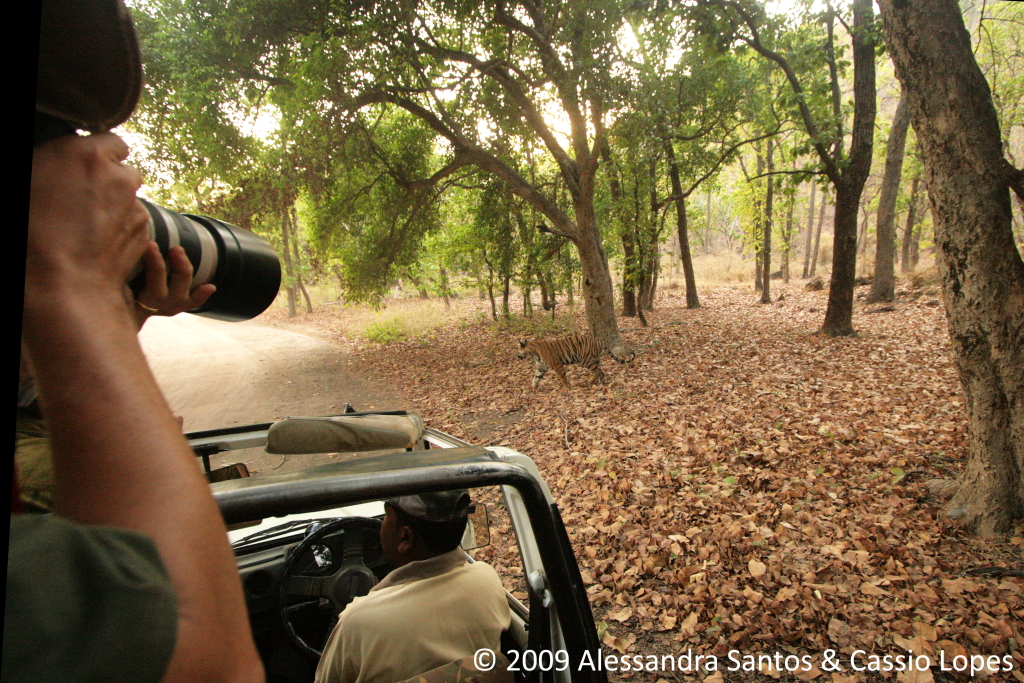
Dino found a way to get a good view and once more we delighted the superb opportunity of seeing that beautiful animal. This time the tigress was totally relaxed, the spot she had chosen to rest was quite cooler than the rest of the area around so she took quite a long time there for the joy of the audience of photographers, tourists and film makers watching.


She lifted the head a couple of times when another jeep arrived to join the crowd, and then Raj commands to Dino to change the position, to give us some different angles. Mirchani was really likely to stay there all the day, given the situation.
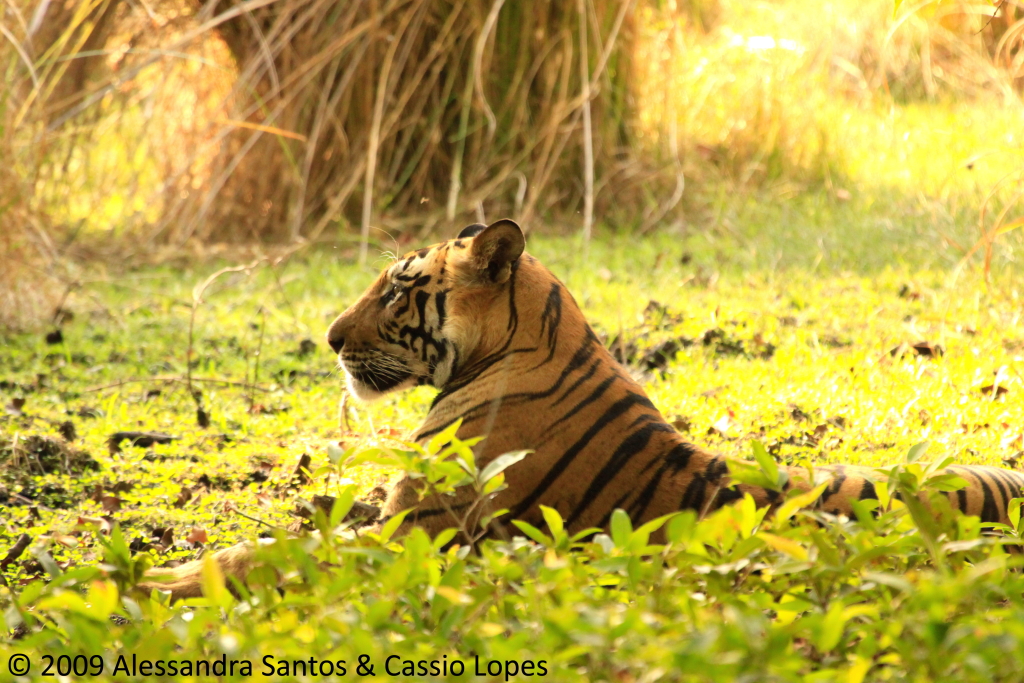

Half-hour later, she raised the head and changed her distracted face by a more alert mood. Then it took just a couple of minutes to Mirchani stand up and started walking again. Despite the increasing temperature, she decides to leave the shade and entered the jungle again. What an adorable sighting!


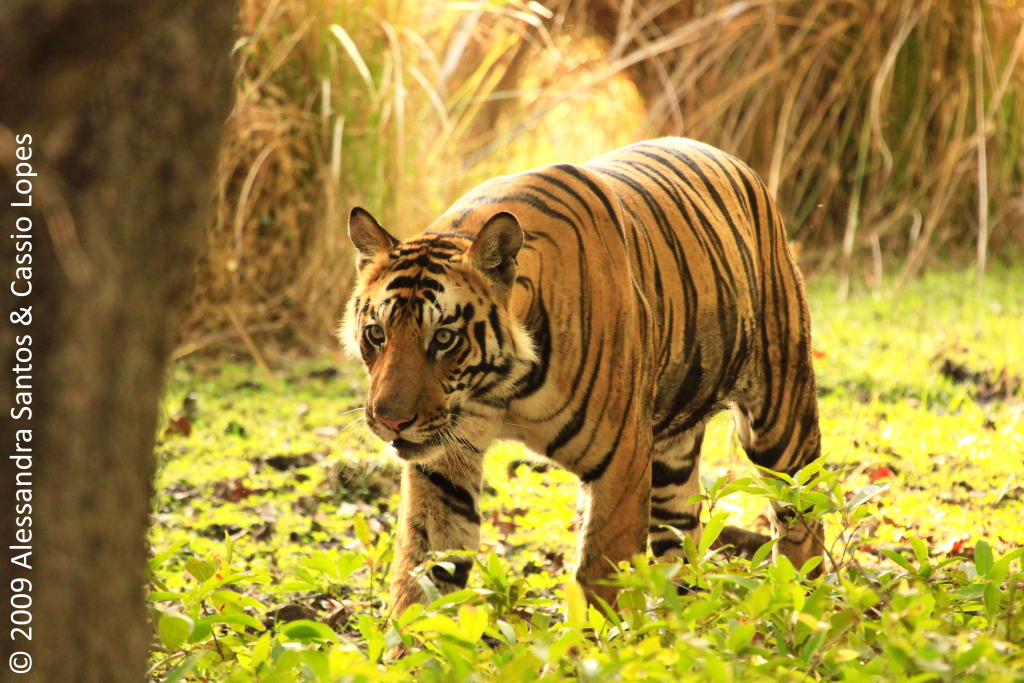
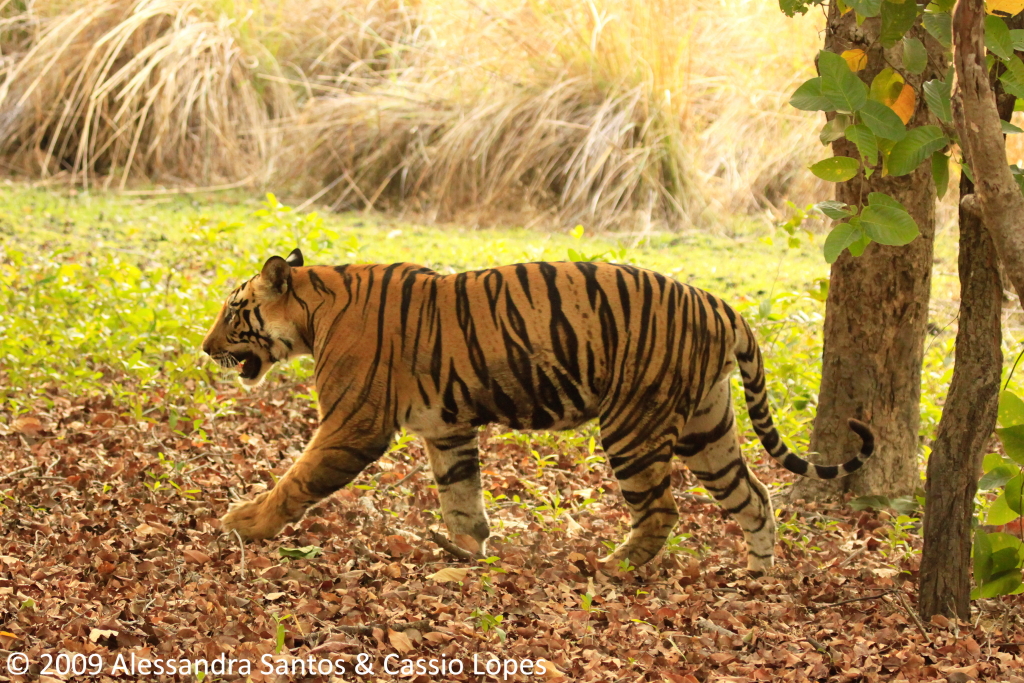
We were still looking for the Jhurjhura family. We had not the chance to see them yet, when it seemed that everyone else had. So we took the direction of the Rajbhera Lake, the territory of the Jhurjhura tigress, but just great egrets, ducks and a solitary kingfisher were hanging around there.
Kingfisher
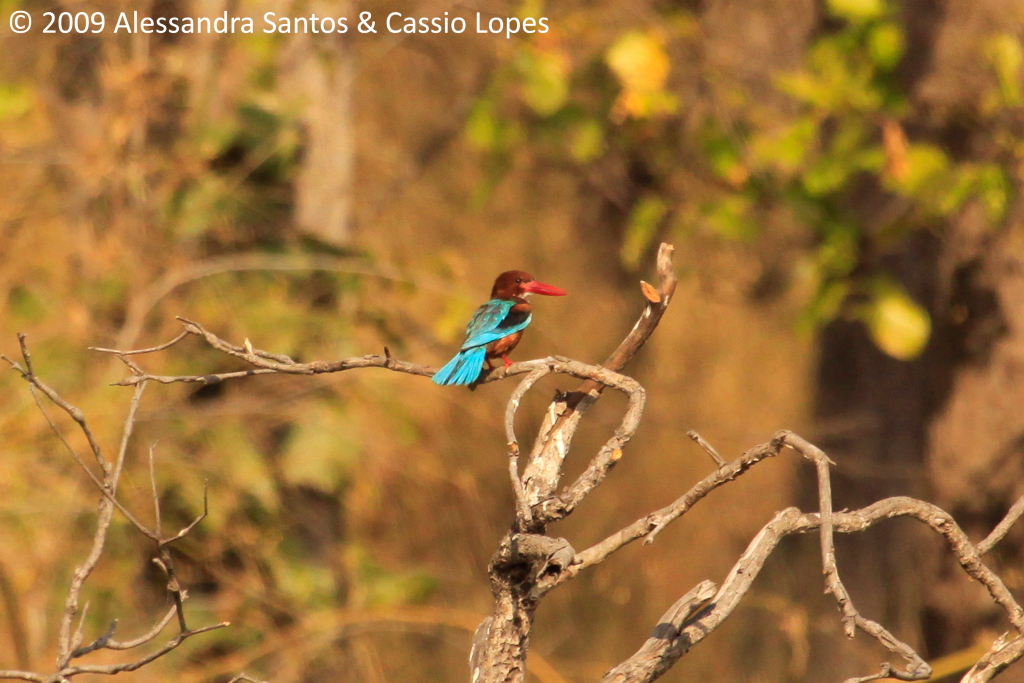
Great Egret

While still circulating by that area we saw a wild boar feeding from a carcass of a male chital deer, probably killed by a tiger or a leopard. The wild boar, as the warthogs, may recur to scavenging practice sometimes. The carcass had already dragged attention of vultures. In the scene we could see the 3 species of vultures that can be found in Bandhavgarh: the King Vulture (red necked vulture), the Indian Vulture (the one with white head) and the Egyptian Vulture (shortest and crested one). Not a beautiful view, but seeing all 3 types of vultures was really a prize.
Wild Boar with Chital Carcass and Indian Vultures

King Vulture
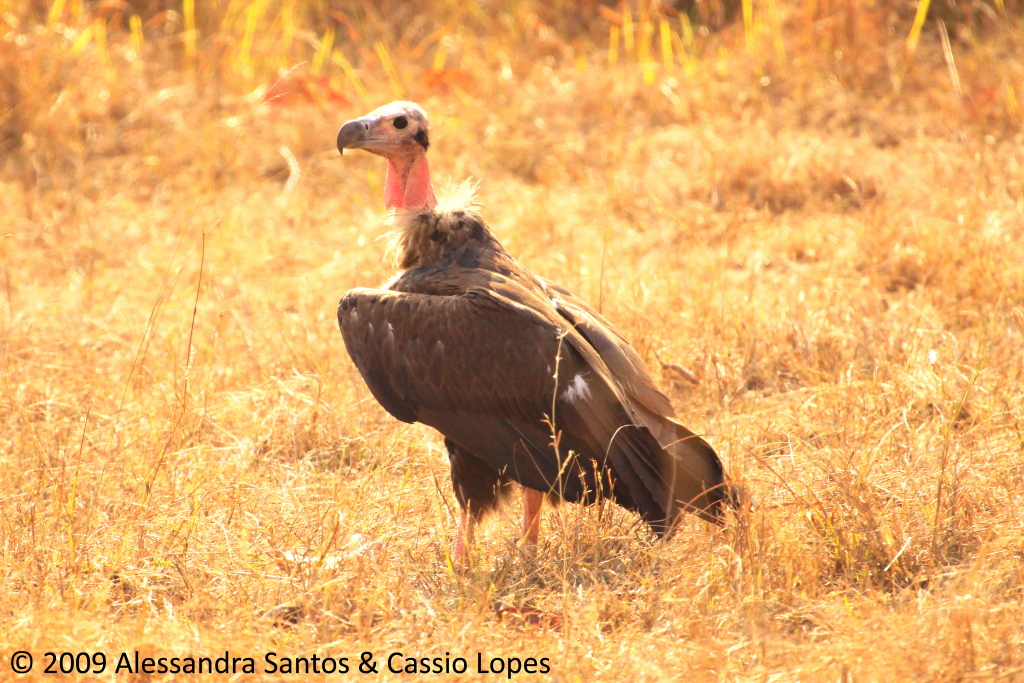
Egyptian Vulture
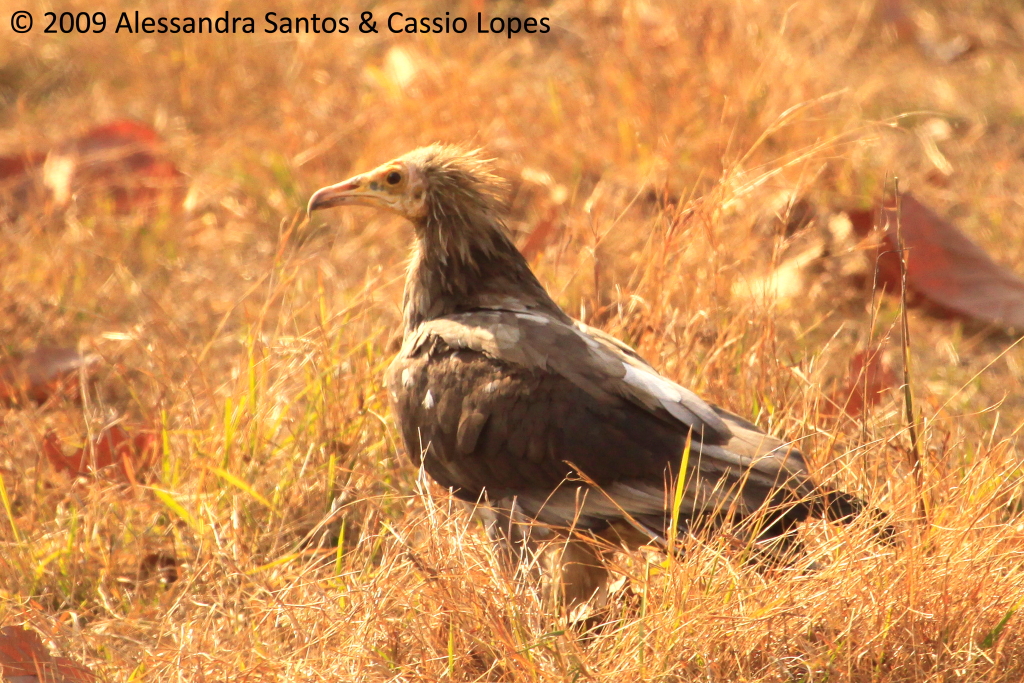
A more pleasant view, in the other hand, young Rhesus Monkeys chasing each other from branch to branch on the top of a short tree, turned to be an interesting subject. The monkeys had never deceived us with boring attitude – they had always plenty of faces and poses to show, however these agitated apes had never stopped more than a few seconds for a picture.
Rhesus Macaque Juvenile
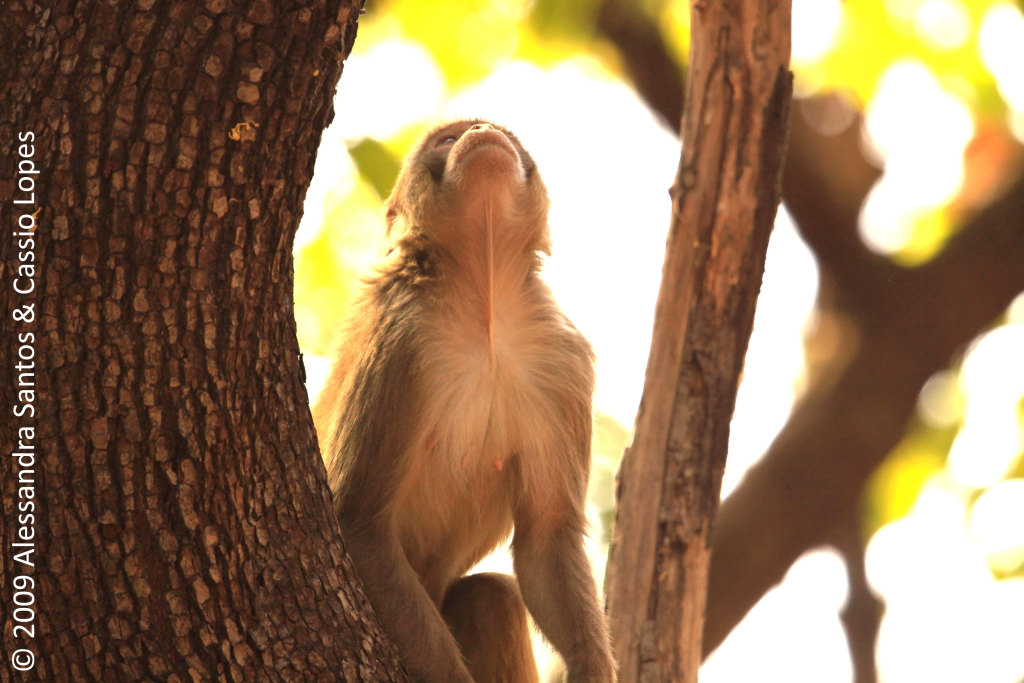
By arriving in the vicinity of Rajbhera Lake we search the area, but with no success. We spent another 30 minutes there waiting to hear some alarm call to indicate us where they could be. Raj was sure that they would come to the water any time since the temperature was raising fast, but there are no rules in wildlife.
Rajbhera Lake View

Raj decides to expand the search area and on our quest to find Jhurjhura we found fresh tracks – alarm calls coming from the jungle on the sides of the road. It was Mirchani again – one of Mirchani cubs could be seen walking between the trees not too much far from the road, but he was already going into the jungle back from wherever he was before.
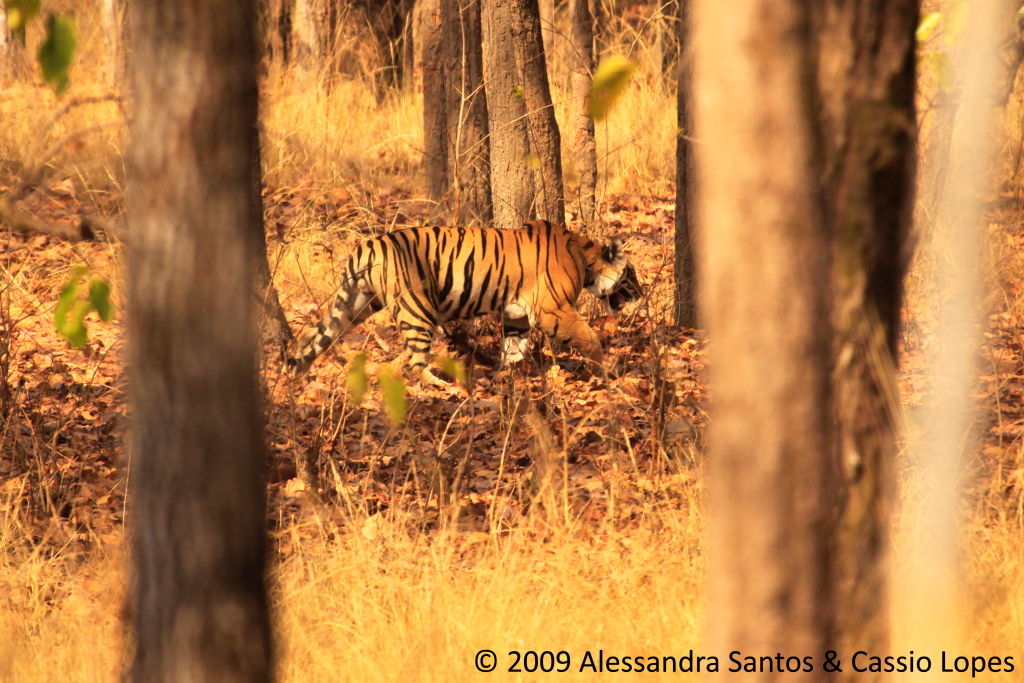
Raj and Dino told us he was a Mirchani cub but we couldn’t say if he was the same one we saw some days before with the quills stuck in the head. Back home, after comparing the stripes patterns with our other pictures of male tigers, we could identify him as the other one of Mirchani brothers as his prints could not match to any pattern of the other male tigers.
Even a quick sight of a tiger is a great excitement, even more when it is totally unexpected. The search goes back to the Jhurjhura tigers, and we drove again around the lake searching for tracks and then, we cross the cars moving fast in another road – they were going towards a tiger, for sure. After chatting to each other, the guides exchange information about what is happening. The Jhurjhura family was in the other side of the road, coming from the lake (how could we have not seen them!), and the tigress and one of the cubs had already passed in front of the jeeps parked on the road crossing to the other side and went into the forest. Raj told us that a cub was still about to cross so we should be prepared for it, because the cub was hidden from our sight somewhere near the road but the people could still hear the tigress calling the cub sometimes.
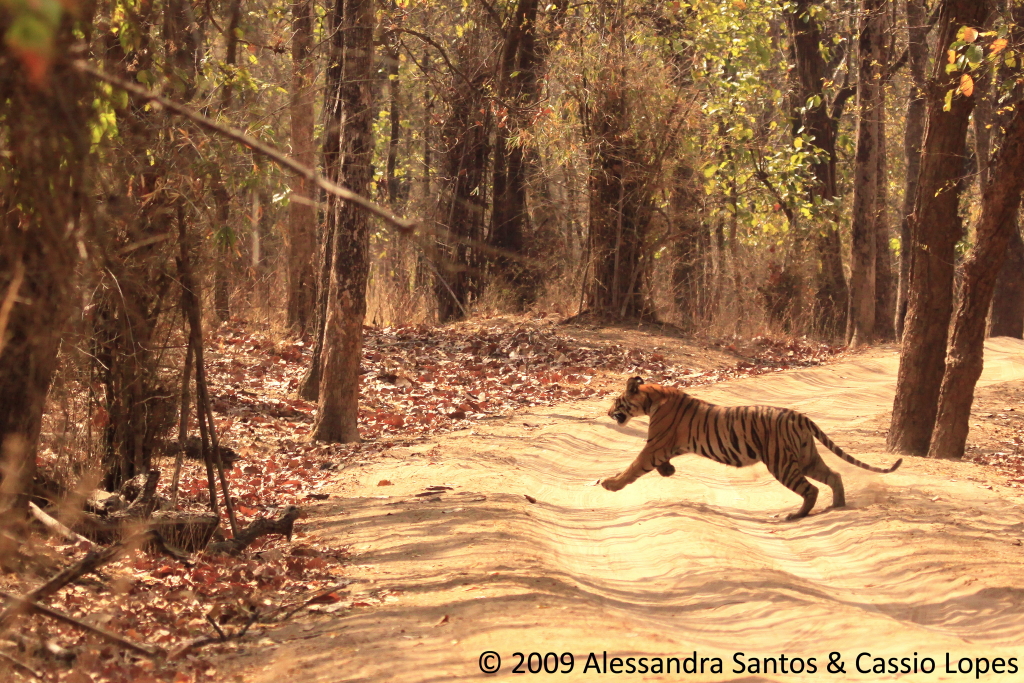
We were not in a good position since we arrived quite “late” to the spot, but as Raj said, like a lightning bolt, the cub leaps onto the road and crossed it in a matter of seconds. Despite the people partially blocking our view, we could see the cub sprint towards his mother. Comparing the cub to the Mirchani cub, it is noticeable how younger the Jhurjhura cubs are. They still depend on their mother who hunts for them, while the Mirchani are already living by themselves and do not count anymore on their mother’s intervention.
Now, back to the camp.
Note: you can click on the picture to take you to the original size picture in our Flickr album page, being better to see the photographs you like. Or if you may want to go straight to our Flickr page, please access the link Our Flickr Page
